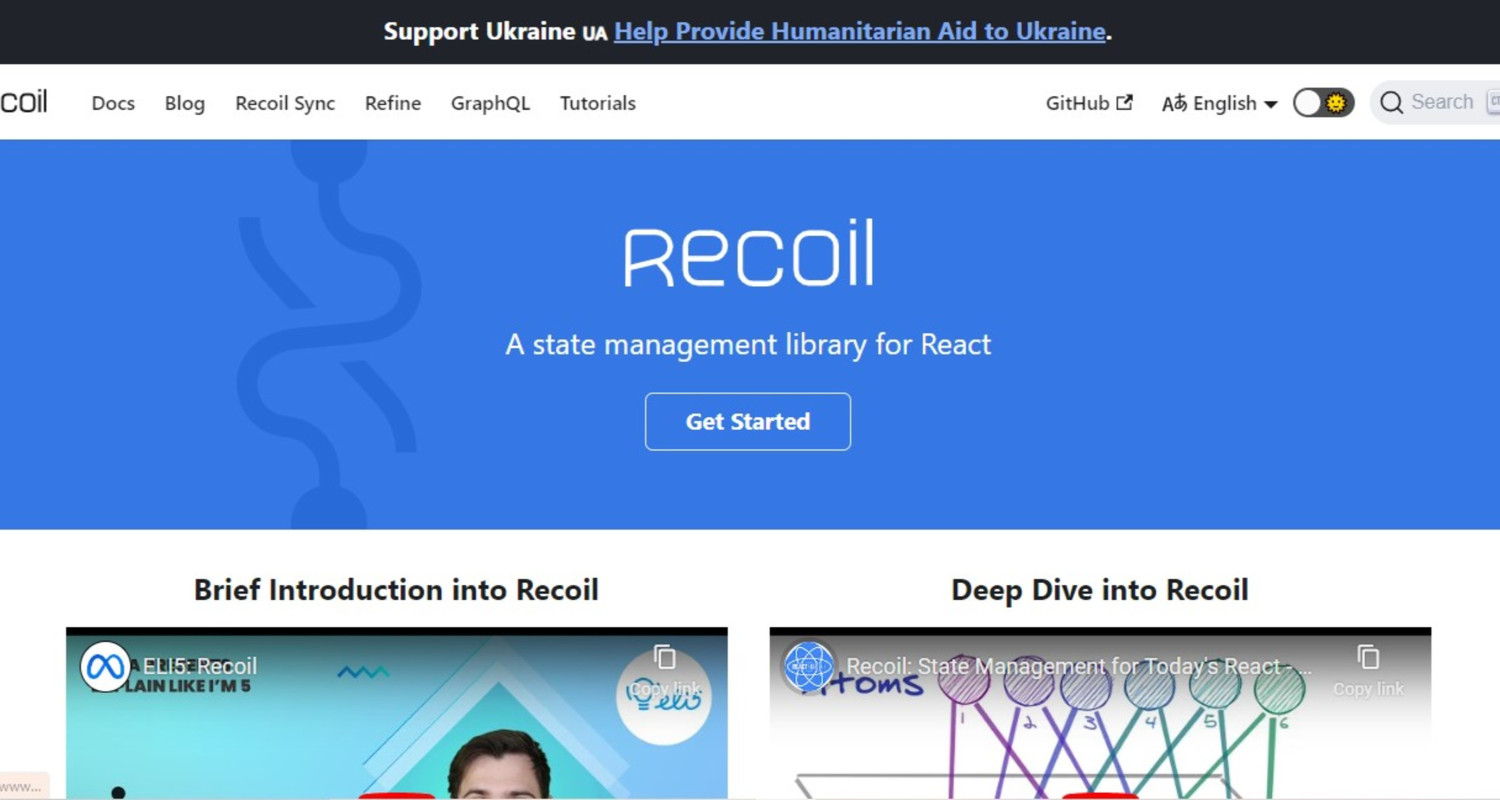Nowadays, responsive and maintainable apps that use effective state management are available in React. This blog post delves into react state management with something on global states without redux.
Redux is one of many ways of managing the global state in a React app nowadays. There have been advances in that area to make it easier for people to use react global state without redux. The ‘useContext” and ‘useState’ hooks in React come up for their ability to give a more natural and concise approach to large-scale state management.
As we proceed through this journey, we will find out how to use React Global State without Redux and closely examine some popular patterns used with Redux and their disadvantages. So let’s go ahead and discuss React’s simplicity meets scalability state management. Additionally, we have a guide discussing the Solution for React Update State When Props Change, which might help handle state updates when props change in a React application.
Table of Contents
Why Look for Alternatives to Redux?
Problems And Limitations Associated With The Use Of Redux:
1. More Code:
In Redux, a lot of boilerplate code usually increases the development time and complexity.

2. Learning Curve:
Actions, Reducers, and Stores are challenging concepts for new developers using Redux.
Different Project Sizes That Redux Can Support:
1. Large-Scale Projects:
Redux is excellent for large-scale applications because there is one centralized state store that results in predictable state changes and alleviates debugging.
2. Small To Medium Sized Projects:
However, the costs involved in creating and maintaining such an application for a small one could outweigh its benefits, thus necessitating lightweight solutions among developers.
Local State Management in React
Creating responsive and maintainable components in React programming requires mastering the local state. Data contained within an element that makes up the local state enhances modularity and provides encapsulation.
This is vital for creating scalable and efficient React apps because knowing when to use local state and how to do so efficiently is necessary. Knowing what data is specific to a given component and does not have to be known everywhere helps understand the local state.
Components can maintain their states through ‘useState’ hook, which offers an easy way of managing dynamic content minus the need for complex state management solutions. In this article, we will discuss the complexities of the local state in React component design to enlighten developers on how best to use it.
The Need for Global State Management
The need for global state management in React apps to enable smooth data flow across component boundaries becomes an essential architectural consideration. Global state is a term that describes how data is visible and can be changed by several components, even beyond their boundaries.

It becomes crucial when components are required to communicate, sync, or share data. Global state management becomes essential when complex applications have deep inter-component connections.
Scenarios like user authentication, theme preferences, or application-wide setups require an international state to maintain consistency. This helps developers eliminate prop drilling issues and enhance the maintainability of their React applications by ensuring that all the components have a single source of truth.
Alternatives to Redux for Global State Management
As alternatives to Redux continue to gain popularity, several solutions provide effective global state management in React applications. The React Context API is a base for components to communicate their state without digging into the properties.
However, it has limitations, such as potential performance problems when working with profoundly nested component trees.
Zustand is a minimalist library for managing state that emphasizes simplicity and adaptability. In situations where a lightweight yet powerful solution is needed, it excels, such as derived state and middleware.

Recoil is a declarative approach to managing the state by Facebook. Recoil simplifies complex data dependencies, and due to its capacity to handle many types of global states, it has benefits in large-scale applications.
On the other hand, Jotai uses an atomic model of state. This overview distinguishes Jotai from other tools by comparing advantages and possible use cases against React Context, Zustand, and Recoil.
Implementing Global State in React without Redux
The first thing to do is to establish a context with an initial state and a reducer function that will handle state changes using predefined actions. Create an enclosing provider component for the entire app, e.g., AppProvider, that provides all components access to the state and dispatch function.
Make a custom hook like ‘useAppState’ to access Global State easily from within a specific component. This approach provides centralized state management without having basics and reduces inter-component communication and shared states.
As far as large applications are concerned, this is the best way to manage their states because it scales very well and makes good use of Redux in case its cost becomes irrelevant.
See Also: How to get the current route using React Router
Case Studies: Successful Implementations
Several projects in practical contexts have adopted effective global state management without relying on Redux. This paper looks at case studies of these projects to give some insights and best practices.
1. E-Commerce React Context:
An e-commerce website uses React Context to manage the global state for user authentication, cart data, and theme preferences. This simplified approach eliminated unneeded complexity, resulting in a more manageable codebase.
2. Zustand in a Collaborative Tool:
To ensure real-time updates and synchronized data across different users, Zustand is what we need. Responsive behavior and ease of use were key elements for creating an interactive and collaborative user experience.
See Also:
3. Recoil in a Social Media Application:
User profiles, post interactions, and notification settings are examples of complex global states that Recoil was used for in a social media application. Recoil allowed scalable state management using a declarative model, increasing the application’s overall responsiveness.

See Also: React Higher-Order Component in TypeScript
Best Practices and Lessons:
Here are the best practices:
Determine Specific Needs:
Customize your global state management solution to meet the specific requirements of your application.
Maintain Simplicity:
Pay more attention to simplicity than complexity, especially in smaller tasks.
See Also: Passing Functions as Props in React: Full Guide
Consider responsiveness:
Evaluate the tool’s responsiveness and real-time capabilities for collaborative or dynamic applications.
These case studies demonstrate other global state management methods that are effective. They can guide developers seeking efficient and practical implementations without relying on Redux.
See Also: How to Test React Context? React Testing Context
FAQs
Why should you consider alternatives to Redux for global state management in React?
There are problems with Redux that make the React ecosystem evolve, offering simpler alternatives. Developers want simpler and easier ways of doing their thing on state management.
How should I select the best global state management technology for my React project?
Consider the scale and intricacies of your project. React Context, Zustand, or Recoil can be used for smaller tasks because they can be simple without losing scalability. Make effective decisions based on unique requirements but keeping reactivity in mind.
Conclusion
We have seen numerous alternatives for Redux in React state management that encourage making the right choices. Several global state technologies use it to meet various difficulties. Starting with basic React Context, simple Zustand, and detailed Recoil, among others.
When starting on your journey with React, consider the specific requirements of your project. The success of your application depends on a proper state management approach – efficient, maintainable, and seamless integration.
See Also: Exploring Query Strings (Search Params) in React Router
Hi, I’m Geoff. I design. I develop. I do lots of things in between. What that really boils down to is that I make websites.